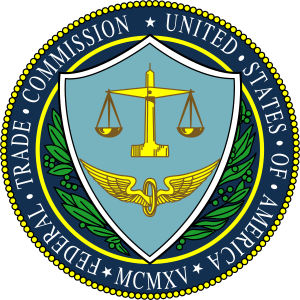
There’s one sure way of telling if a new form of digital marketing is becoming legit: the FTC decides to take a long, hard look at it. And that’s exactly what they have announced they’ll do with native advertising, holding public hearings in Washington on December 4.
We’ve danced this dance before. Back in 2003, I testified at the FTC’s Spam Forum, which led to the enactment of the CAN-SPAM act passed by Congress the following year. The previous year, the FTC published guidance on search engine advertising. In 2000, the FTC published its first guidance on .com Disclosures, aimed at eliminating deception in digital advertising. Guidelines governing endorsements and testimonials (and, by extension, word-of-mouth marketing practices), were published in 2009.
Having published the first independent research report on native advertising just days before the FTC called this public hearing, it’s pretty gratifying to see what was clearly inevitable happy with such alacrity. Almost synchronously with the FTC’s announcement of hearings, brands ranging from the hyper-established New Yorker to not-yet-monetized start-up Pinterest were announcing new native advertising plans and offerings, joining a host of other publisher and social media platforms.
The IAB, anticipating the FTC’s move, already has a native advertising task force at work (disclosure: I’m not an IAB member, but I am a taskforce member).
In December, the FTC hopes to begin to answer questions about maintaining editorial integrity in the face of new advertising products that look a lot like content. The hearings will examine how these messages are presented, differentiated and disclosed to consumers as sponsored content. I’m particularly interested in learning more about consumer perceptions of native advertising (so little research has been conducted in this very nascent discipline), and how disclosures will transfer when native ads are shared and amplified in social channels.
Doubtless much will emerge from the hearings, as well as in the coming months around industry self-regulation for native advertising. (It’s highly unlikely that actual legislation will emerge on the issue.) In the meantime, I’d like to share the recommendations we make in our report on the issues of transparency, disclosure and trust in native advertising:
Transparency, disclosure, and trust: We’ve been through this before, collectively as an industry. As with the early days of search advertising, when paid search results required clear delineation from organic ones, or word-of-mouth marketing and pay-for-play blogging, industry standards will emerge around the disclosure of what’s paid and what’s editorial content on a variety of media platforms in addition to individual publisher policies. In addition to overt disclosure on publisher and social media platforms, a code of ethics is required to maintain editorial objectivity and the boundaries between publisher and editorial work. Until industry self-regulation emerges (the IAB already has a taskforce at work on the issue), it is absolutely imperative all parties err on the side of caution: too much, rather than too little, disclosure.
- Disclose that the placement is commercial in nature.
- Link to policies that govern such placement.
- Provide a channel for inquiry.
